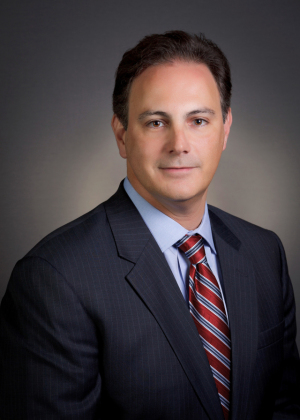by
Lauren Dubinsky, Senior Reporter | February 04, 2015
Ultrasound plays a key role in the diagnosis of liver disease, which affects hundreds of millions of people. ShearWave Elastography, which quantifies tissue stiffness, is gaining in use for non-invasively evaluating the liver for these diseases. DOTmed News recently interviewed Alex Exposito, SuperSonic Imagine's Director for North America, to find out about this technology.
DOTmed News: How has ultrasound traditionally been used for treating and caring for liver disease patients?
Alex Exposito: Ultrasound would normally be used for an abdominal exam and part of that would be looking at the liver. Ultrasound generates a 2-D image and with that you can see tissue contrast, texture and resolution of the liver. It enables the evaluation of liver vascularity and identification of lesions and suspicious areas.




Ad Statistics
Times Displayed: 30380
Times Visited: 760 Stay up to date with the latest training to fix, troubleshoot, and maintain your critical care devices. GE HealthCare offers multiple training formats to empower teams and expand knowledge, saving you time and money
As ultrasound has improved over time, its sensitivity and specificity has also increased. Subtle lesions now more evident in the liver. With even more advanced technologies like ShearWave Elastography there is considerably better specificity.
This particular technology, which measures tissue stiffness, is designed to measure the elasticity of tissue. Ultrasound is also used with disease staging when guiding a biopsy needle.
DOTmed News: Why are hospitals and health systems interested in alternatives to liver biopsy these days?
AE: Hospitals want to reduce costs, lower infection rates and improve the patient experience. Anytime you can avoid an invasive method outcomes are improved and costs fall. There is a lot of focus on hepatitis C these days. HCV [hepatitis C virus] patients have to be followed routinely and over time. And with new drugs that can now treat hepatitis C, having an alternative to liver biopsy is even more relevant.
DOTmed News: Are there any examples of health systems that have been effective in using an alternative to liver biopsy?
AE: Dr. James Trotter, who is the medical director for general and transplant hepatology at Baylor Health Care System in Dallas, has been very involved in clinical trials for the hepatitis C drug Sovaldi. Now that the drug has been approved, he's followed several hundred of the patients being treated with it.
He's been able to reduced the biopsy rate in those HCV patients by 90 percent using ShearWave Elastography he reports is quick, reliable and reproducible. With a color-coded map, he can see and quantify the stiffness of the liver and this has become an everyday tool for his liver patients. Without this tool he would not be able to evaluate patients as often, and in some patients with advanced stage disease an invasive biopsy can be very risky.

